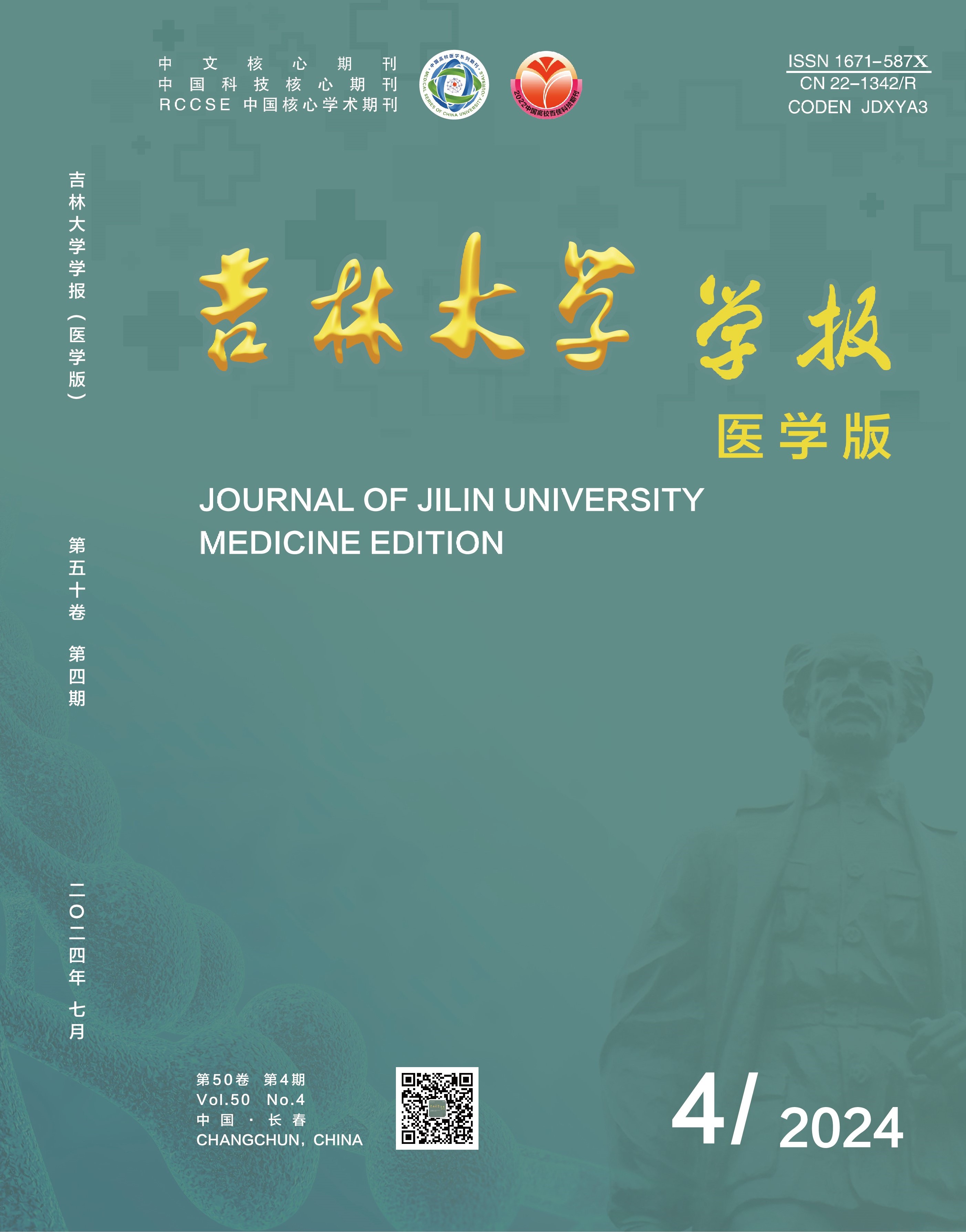|
|
Influence of Tibetan plateau environment in development and morphology of main organs of offsprings of migrated rats
FAN Dongyan, WANG Ping, REN Hailong, ZHOU Yulai, SHI Yan
Journal of Jilin University(Medicine Edition). 2018, 44 (05):
914-918.
DOI: 10.13481/j.1671-587x.20180505
Objective:To explore the influence of plateau environment in the development and morphology of the main organs of the offsprings of migrated rats, and to observe the pathological changes of heart, brain, and lung tissues of the offsprings of migrated rats. Methods:The 8-week Wistar rats who lived in the plain area were migrated to the plateau area. After 1 week, a total of 56 female and male rats were fertilized with a ratio of 3:1, and all the pregnant rats were natural childbirth. The offsprings rat pups were divided into three groups:1 month, 3 months, and 6 months. Ten offsprings (5 female and 5 male) were randomly selected in each group to collect the heart, brain, lung, liver, kidney and other major organs to measure the weights. In each group, 45 offsprings were randomly selected to conduct water maze test, open field test and test of captive reaction. The brain, heart, and lung tissues from 5 offsprings in each group were collected for tissue section and the pathological changes of above organ tissues were detected with HE staining. Results:The pregnant rats moved from the plain to the plateau had normal feeding behavior, without preterm birth or death. On average, the pregnant rats had 8 to 10 babies per litter, with a total of 345 offsprings. The weight gain of offspring was about 1.0-1.5 g per day. Some of the offsprings had low intake and difficulty in foraging, and 15 offsprings died 3-5 d after birth, with a mortality rate of 4.3%.The weight and the ratio of liver weight to body weight of the 6-month-old offsprings were increased compared with the 1-month-old offsprings (P<0.05). In Morris water maze test there were no drowning and death in 45 offsprings at different time points; the time to find the water platform of 7 offsprings in 3-month-old group was lower than the others (P<0.05),but there were no significant differences between various groups at other time points(P>0.05).In open field test,there were 6 offsprings in open fieled test in 1-month old group showed a longer stay time in the central region than other rats(P<0.05);there were no significant differences between various groups at the other time points(P>0.05). In spite of all the time points in the captive reaction experiment, all the animals behaved in a similar way. The HE staining results of myocardium tissue showed the myocardial inflammatory cell infiltration,venous congestion, nucleus disappearance,and visible cellular outline in the 1-3 month old offsprings and the myocardial vascular congestion and myocardial space enlargement in the 6-month-old offsprings. The HE staining results of brain tissue showed the glass body formation and nucleus disappearance in the 1-month-old offsprings and neuronal cell body deformation, blood vessel congestion and vacuolar degeneration in the 3-6-month-old offsprings. The HE staining results of lung tissue showed the thicker alveolar walls, lymphocyte and plasma cell infiltration, pulmonary capillary expansion and congestion in the 1-3-month-old offsprings and the thicker alveolar walls,lymphocyte and plasma cell infiltration,pulmonary capillary expansion and congestion, pulmonary interstitial edema and red blood cell liquefaction in the blood vessels in the 6-month-old offsprings. Conclusion:Tibetan plateau environment has an influence in the development and morphology of heart, brain and lung of the migrated rats, and the reason may be related to low pressure and hypoxia of plateau.
References |
Related Articles |
Metrics
|

 Table of Content
Table of Content
 Guide to Authors
Guide to Authors


